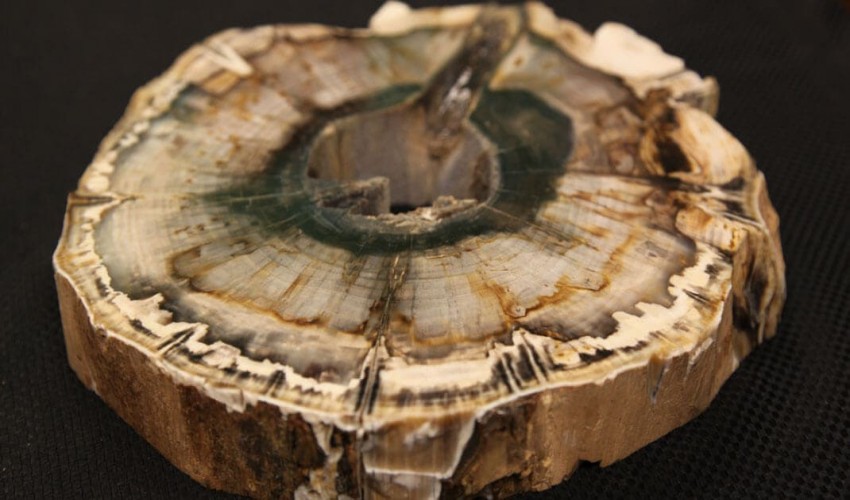
Paleobotany
Paleobotany, which is also spelled as paleobotany, is the branch of botany dealing with the recovery and identification of plant remains from geological contexts, and their use for the biological reconstruction of past environments (paleogeography), and the evolutionary history of plants, with a bearing upon the evolution of life in general. A synonym is paleophytology. It is a component of paleontology and paleobiology. The prefix paleo- means "ancient, old", and is derived from the Greek adjective παλαιός, palaios. Paleobotany includes the study of terrestrial plant fossils, as well as the study of prehistoric marine photoautotrophs, such as photosynthetic algae, seaweeds or kelp. A closely related field is palynology, which is the study of fossilized and extant spores and pollen.
Paleobotany is important in the reconstruction of ancient
ecological systems and climate, known as paleoecology and paleoclimatology
respectively; and is fundamental to the study of green plant development and
evolution. Paleobotany has also become important to the field of archaeology,
primarily for the use of phytoliths in relative dating and in paleoethnobotany.
Plant fossils almost always represent disarticulated parts
of plants; even small herbaceous plants are rarely preserved whole. Those few
examples of plant fossils that appear to be the remains of whole plants in fact
are incomplete as the internal cellular tissue and fine micromorphological
detail is normally lost during fossilization. Plant remains can be preserved in
a variety of ways, each revealing different features of the original parent
plant.
Because of these difficulties, paleobotanists usually
assign different taxonomic names to different parts of the plant in different
modes of preservation. For instance, in the subarborescent Paleozoic
sphenophytes, an impression of a leaf might be assigned to the genus Annularia,
a compression of a cone assigned to Palaeostachya, and the stem assigned to
either Calamites or Arthroxylon depending on whether it is preserved as a cast
or a petrifaction. All of these fossils may have originated from the same
parent plant but they are each given their own taxonomic name. This approach to
naming plant fossils originated with the work of Adolphe Brongniart and has
stood the test of time.
- Archaeopteridales
- Asteroxylales
- Caytoniales
- Charophyceae
- Coal balls
- Coal paleobotany
- Coccolithophorida
- Coenopteridales
- Coevolution between flowering plants and insect pollinators
- Corallinales
- Cordaitales
- Cycadales
- Cycadeoidales
- Cycadopsida
- Fossil seeds and fruits
- Ginkgoales
- Ginkgoopsida
- Halimeda
- Hyeniales
- Isoetales
- Lepidodendrales
- Lycophyta
- Lycopodiales
- Lycopsida
- Marattiales
- Nematophytales
- Noeggerathiales
- Origin of grasslands
- Paleobotany
- Palynology
- Petrified forests
- Pinales
- Pinophyta
- Pinopsida
- Plant kingdom
- Polypodiophyta
- Protolepidodendrales
- Pseudoborniales
- Psilophytales
- Pteridosperms
- Rhyniopsida
- Selaginellales
- Solenopora
- Sphenophyllales
- Sphenophyta
- Trimerophytopsida
- Zosterophyllopsida
Recent Published
Submit Manuscript
To give your manuscript the best chance of publication, follow these policies and formatting guidelines.


